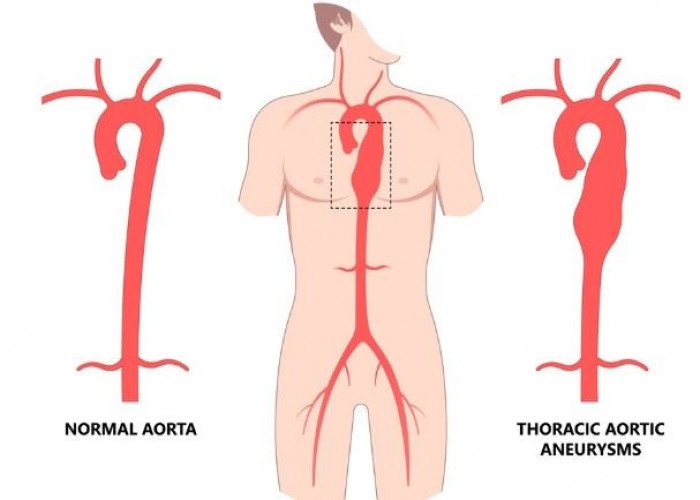 Welcome
Welcome
“May all be happy, may all be healed, may all be at peace and may no one ever suffer."
Ehlers-Danlos syndrome
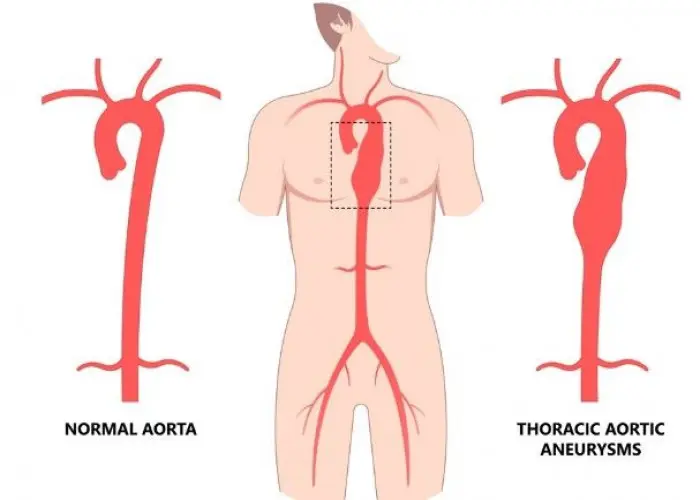
Ehlers-Danlos syndrome (EDS) is a group of genetic disorders that affect the body's connective tissue, which provides support and structure to many parts of the body, including skin, joints, and blood vessels. There are 13 subtypes of EDS, each with its own set of symptoms and genetic mutations.
The most common symptoms of EDS include:
- Joint hypermobility and joint pain
- Skin that is easily bruised, stretched, or scarred
- Chronic joint dislocations or subluxations
- Abnormal scarring and wound healing
- Vascular abnormalities, including blood vessel rupture or dissection
- Gastrointestinal issues, such as gastroparesis and constipation
EDS is caused by a defect in the genes that control the production of collagen, a protein that is an essential component of connective tissue. In some cases, EDS is inherited from a parent, while in others it may be caused by a spontaneous genetic mutation.
There is no cure for EDS, and treatment is focused on managing symptoms and preventing complications. Treatment may include physical therapy to improve joint stability and prevent dislocations, pain management, and surgery to repair or reconstruct damaged joints or blood vessels. Lifestyle changes such as avoiding high-impact activities and protecting the skin from injury can also help prevent complications.
EDS is a complex condition that can affect many different parts of the body, and management may require a team approach involving specialists in genetics, rheumatology, cardiology, and other fields. It is important for individuals with EDS to work closely with their healthcare providers to develop a comprehensive management plan and prevent serious complications.
Research Papers
Disease Signs and Symptoms
- Joint pain
- Fragile skin
Disease Causes
Ehlers-Danlos syndrome
Different types of Ehlers-Danlos syndrome are associated with a variety of genetic causes, some of which are inherited and passed on from parent to child. If you have the most common form, hypermobile Ehlers-Danlos syndrome, there's a 50% chance that you'll pass on the gene to each of your children.
Disease Prevents
Ehlers-Danlos syndrome
If you have a personal or family history of Ehlers-Danlos syndrome and you're thinking about starting a family, you may benefit from talking to a genetic counselor — a health care professional trained to assess the risk of inherited disorders. Genetic counseling can help you understand the inheritance pattern of the type of Ehlers-Danlos syndrome that affects you and the risks it poses for your children.
Disease Treatments
There is no cure for Ehlers-Danlos syndrome, but treatment can help you manage your symptoms and prevent further complications.
Medications
Your doctor may prescribe drugs to help you control:
- Pain. Over-the-counter pain relievers — such as acetaminophen (Tylenol, others) ibuprofen (Advil, Motrin IB, others) and naproxen sodium (Aleve) — are the mainstay of treatment. Stronger medications are only prescribed for acute injuries.
- Blood pressure. Because blood vessels are more fragile in some types of Ehlers-Danlos syndrome, your doctor may want to reduce the stress on the vessels by keeping your blood pressure low.
Physical therapy
Joints with weak connective tissue are more likely to dislocate. Exercises to strengthen the muscles and stabilize joints are the primary treatment for Ehlers-Danlos syndrome. Your physical therapist might also recommend specific braces to help prevent joint dislocations.
Surgical and other procedures
Surgery may be recommended to repair joints damaged by repeated dislocations, or to repair ruptured areas in blood vessels and organs. However, the surgical wounds may not heal properly because the stitches may tear through the fragile tissues.
Disease Diagnoses
Disease Allopathic Generics
Disease Ayurvedic Generics
Disease Homeopathic Generics
Disease yoga
Ehlers-Danlos syndrome and Learn More about Diseases
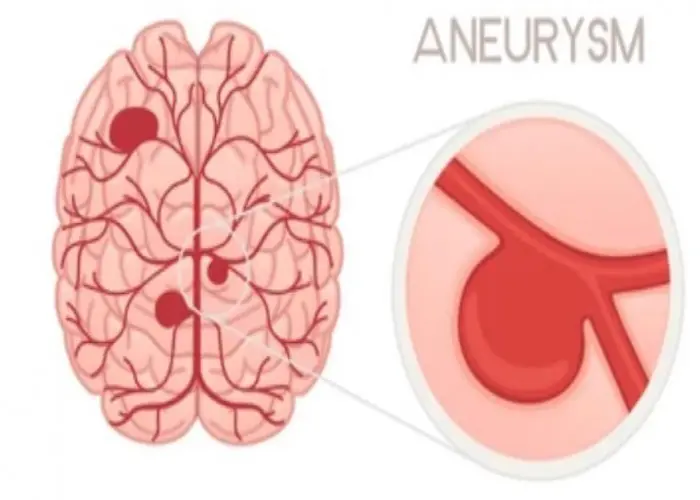
Brain aneurysm
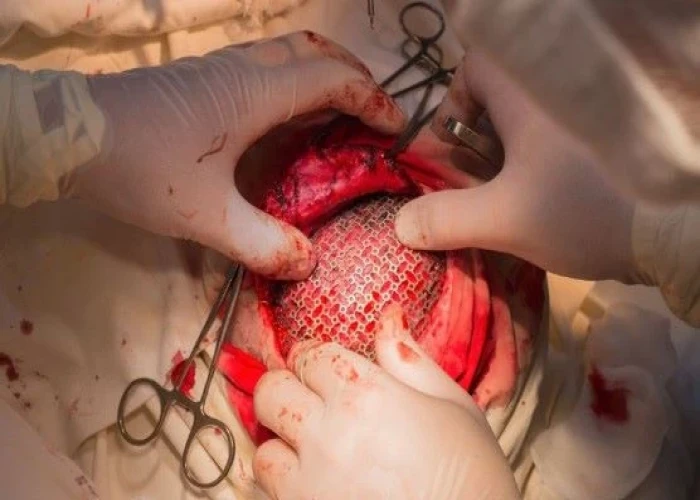
Pediatric brain tumors

Vascular dementia
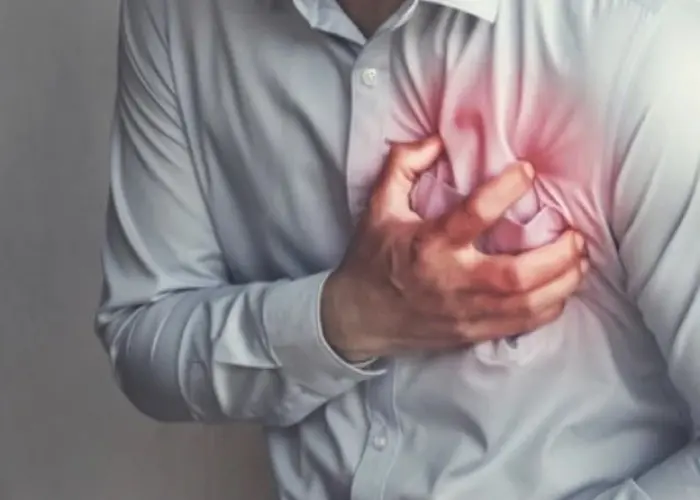
Angina
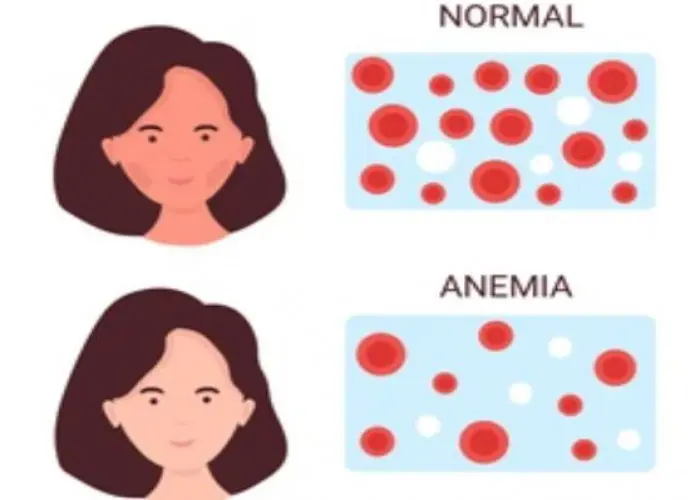
Aplastic anemia
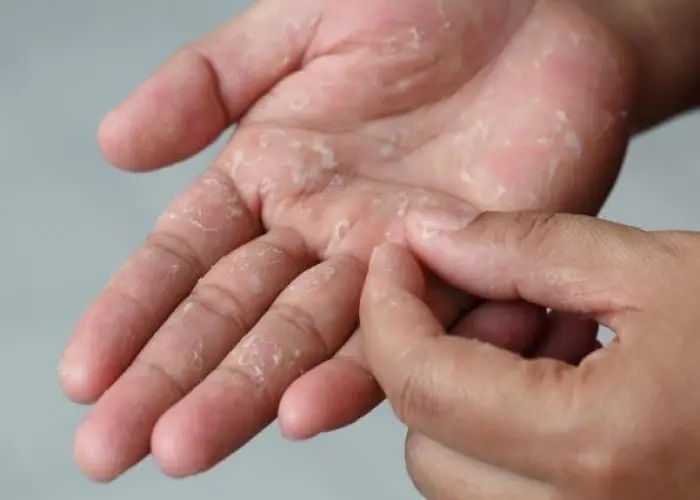
Dyshidrosis

Strep throat
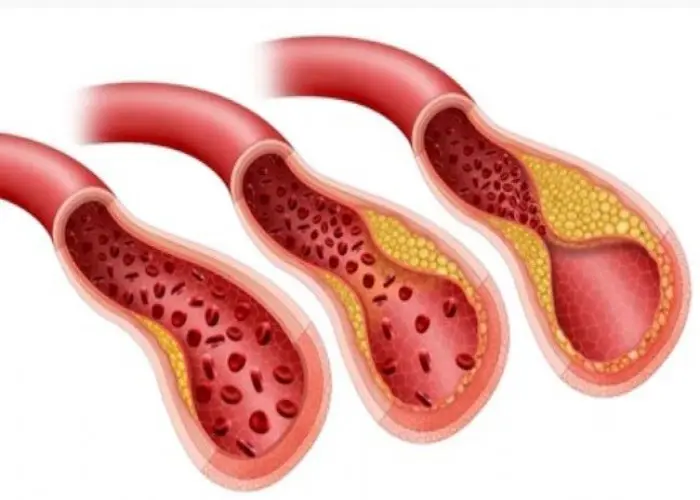
Carotid artery disease
ehlers-danlos syndrome, ইলেস ডানলোস সিন্ড্রোম
To be happy, beautiful, healthy, wealthy, hale and long-lived stay with DM3S.
